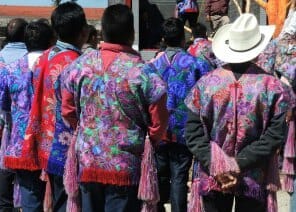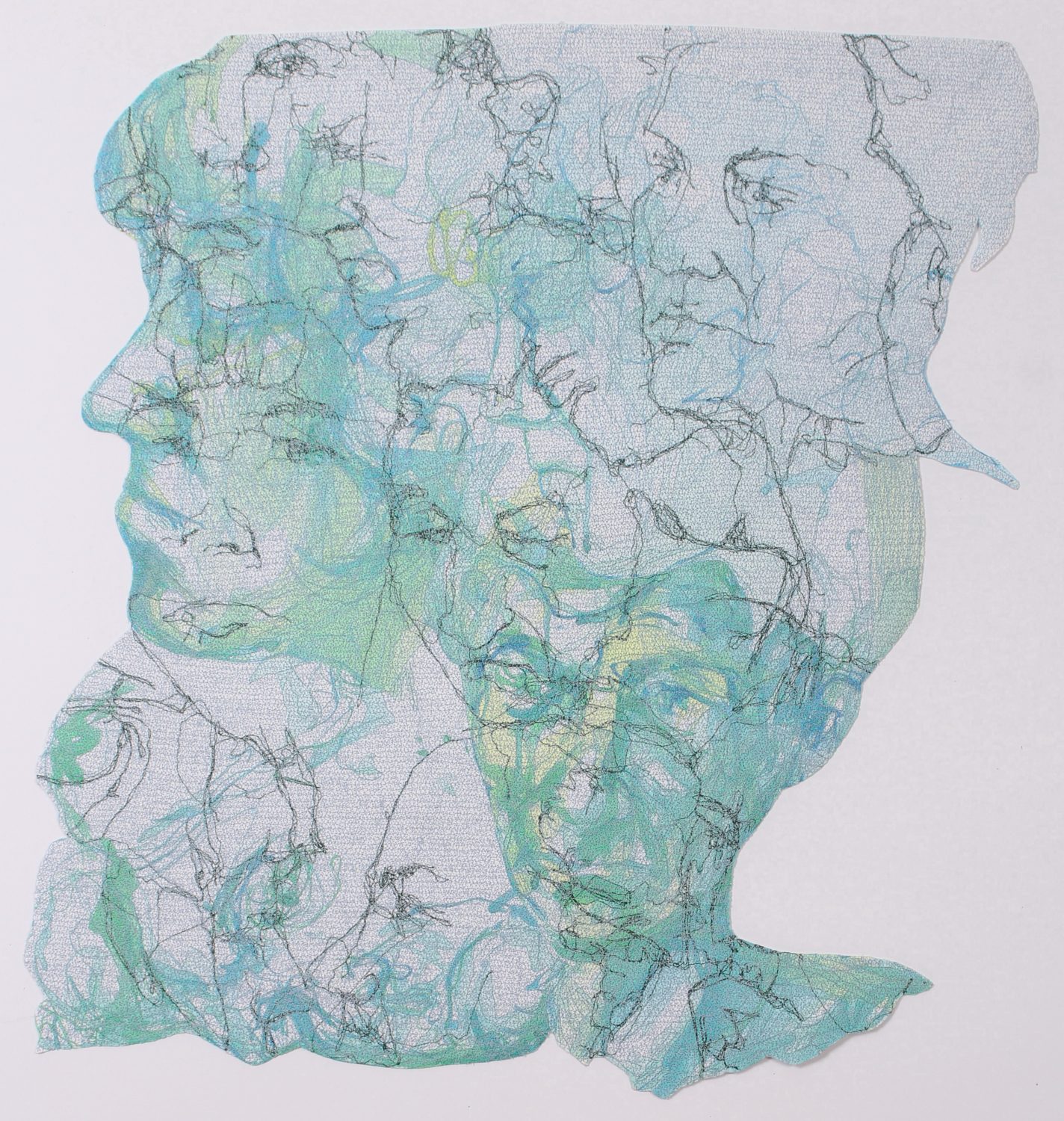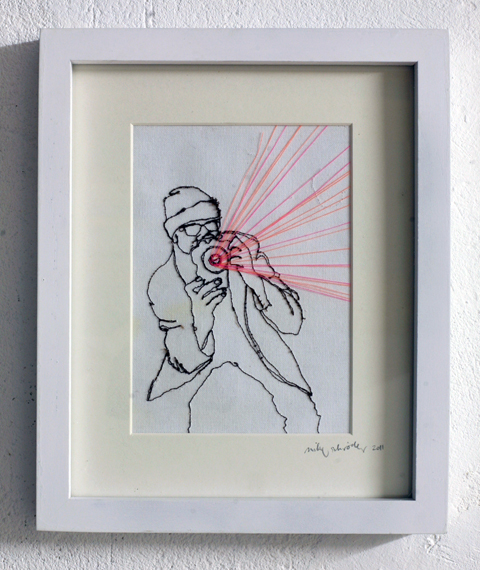Chiapas, Mexico’s southernmost state, bordering Guatemala, is a mountainous highland with dense rainforests dotted with Mayan archaeological sites and Spanish colonial towns. It is also home to one of the largest indigenous populations in the country with twelve federally recognised ethnicities.
 Chiapas is well known for its textiles – vividly coloured cloth intricately woven on backstrap looms and turned into garments for all members of society, ranging from simple everyday wear to spectacular celebratory costumes for the region’s busy festival calendar.
Chiapas is well known for its textiles – vividly coloured cloth intricately woven on backstrap looms and turned into garments for all members of society, ranging from simple everyday wear to spectacular celebratory costumes for the region’s busy festival calendar.
 To understand the different styles of clothes, the different symbols and their meanings, and the festivals and ceremonies where these garments are worn, you have to know the people of Chiapas. The mountainous terrain and dense forests mean that villages which look close to each other on a map are geographically isolated, and can have completely different ways of life, styles of dress, and even languages.
To understand the different styles of clothes, the different symbols and their meanings, and the festivals and ceremonies where these garments are worn, you have to know the people of Chiapas. The mountainous terrain and dense forests mean that villages which look close to each other on a map are geographically isolated, and can have completely different ways of life, styles of dress, and even languages.
Chip Morris has spent almost forty years in Chiapas studying and documenting the textiles of the region. He accumulated a wealth of knowledge of not only the textiles but the people, language and culture of the area.
 His fascination with the weavers’ art and his analysis of Chiapas costumes lead to his discovery of the mythological, calendrical and astronomical underpinnings of Highland Maya designs, as well as its roots in classic Maya civilisation. He has devoted most of his career to preserving and promoting Highland Maya weaving, indigenous artisan groups and the establishment of community-run museums. Through him, the meaning of the Mayan symbols depicted on Chiapas textiles has been saved from oblivion.
His fascination with the weavers’ art and his analysis of Chiapas costumes lead to his discovery of the mythological, calendrical and astronomical underpinnings of Highland Maya designs, as well as its roots in classic Maya civilisation. He has devoted most of his career to preserving and promoting Highland Maya weaving, indigenous artisan groups and the establishment of community-run museums. Through him, the meaning of the Mayan symbols depicted on Chiapas textiles has been saved from oblivion.
 Although relatively isolated, the Chiapas women, like all women, really, changes their style and design constantly as new influences arrive in their village and life. Zinacantán, a village in the central highlands has adapted their plain weaving style to include embroidered flowers, birds and animals. In a span of forty years and with the introduction of the sewing machine, fashion has come into the 21st century. Sewing machines were introduced in 2000 and machine embroidered flowers soon replaced the hand embroidery and time-intensive heddle brocade weaving which dominated their textiles for decades.
Although relatively isolated, the Chiapas women, like all women, really, changes their style and design constantly as new influences arrive in their village and life. Zinacantán, a village in the central highlands has adapted their plain weaving style to include embroidered flowers, birds and animals. In a span of forty years and with the introduction of the sewing machine, fashion has come into the 21st century. Sewing machines were introduced in 2000 and machine embroidered flowers soon replaced the hand embroidery and time-intensive heddle brocade weaving which dominated their textiles for decades.
 With two main festivals in January and August, it is now possible for the women to create new colourful costumes for the whole family for each festival. Each year the colours of the embroidered costumes changes according to the latest trend. In 2000 the previously dominant red made way for blue, which kept the spotlight for several years. In 2013 red emerged as the dominant colour again but blue flowers made a comeback in recent years.
With two main festivals in January and August, it is now possible for the women to create new colourful costumes for the whole family for each festival. Each year the colours of the embroidered costumes changes according to the latest trend. In 2000 the previously dominant red made way for blue, which kept the spotlight for several years. In 2013 red emerged as the dominant colour again but blue flowers made a comeback in recent years.
 Chip has authored and co-authored two books on Maya textiles in collaboration with Thrums Books:
Chip has authored and co-authored two books on Maya textiles in collaboration with Thrums Books:
Maya Threads: (2015) A woven history of Chiapas is a beautiful book exploring the Maya culture and costume, village by village, explaining how each tribe, village, and community’s textile design and dress differ from each other and the forces that influence these changes. The wonderful photos and diagrams make this a true gem.
 A textile guide to the highlands of Chiapas: (2011) is a richly illustrated book. Visiting twenty different villages throughout Chiapas it showcases their handwoven cloth while giving an insider’s look at their history, folklore, festivals, traditions and daily lives.
A textile guide to the highlands of Chiapas: (2011) is a richly illustrated book. Visiting twenty different villages throughout Chiapas it showcases their handwoven cloth while giving an insider’s look at their history, folklore, festivals, traditions and daily lives.
 Although Chiapas textiles traditionally consist of woven fabric, embroidery – cross-stitch and other – are used by some groups. With the introduction of sewing machines, machine embroidery has fast gained popularity. As with most things in life, their style, fashion, production methods and culture change and adapt to modernisation and influences from outside. Thanks to people like Chip Morris, and publishers like Thrums Books the Maya textile history are being documented and preserved for future generations.
Although Chiapas textiles traditionally consist of woven fabric, embroidery – cross-stitch and other – are used by some groups. With the introduction of sewing machines, machine embroidery has fast gained popularity. As with most things in life, their style, fashion, production methods and culture change and adapt to modernisation and influences from outside. Thanks to people like Chip Morris, and publishers like Thrums Books the Maya textile history are being documented and preserved for future generations.
 Thrums Books is dedicated to preserving the story of traditional textiles and their makers. Thrums is a sister company of ClothRoads, an online marketplace for collectable textiles, accessories, and fibre art materials from all corners of the world, along with the stories of the indigenous artisans who use ancient techniques and traditional methods to create authentic textiles. All photos for this article has been provided by Marilyn Murphy founding member of both ClothRoads and Thrums Books.
Thrums Books is dedicated to preserving the story of traditional textiles and their makers. Thrums is a sister company of ClothRoads, an online marketplace for collectable textiles, accessories, and fibre art materials from all corners of the world, along with the stories of the indigenous artisans who use ancient techniques and traditional methods to create authentic textiles. All photos for this article has been provided by Marilyn Murphy founding member of both ClothRoads and Thrums Books.




